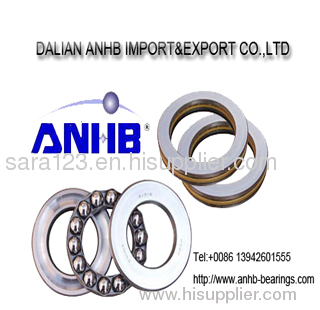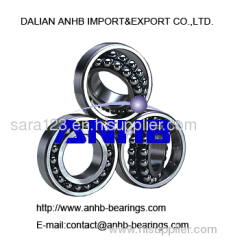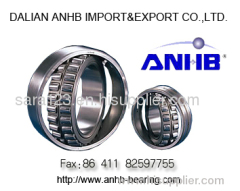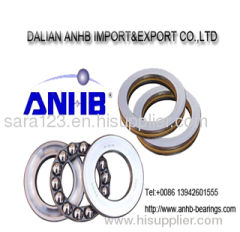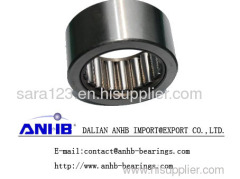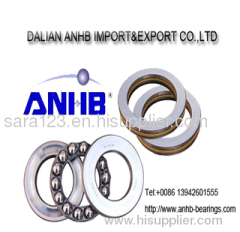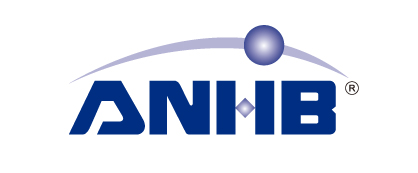
|
Dalian ANHB Import & Export Com., Ltd
|
ball bearing thrust ball bearing SKF bearing
| Payment Terms: | T/T,L/C |
| Place of Origin: | Liaoning, China (Mainland) |
|
|
|
| Add to My Favorites | |
| HiSupplier Escrow |
Product Detail
Thrust ball bearing is component with a line balls (with Cage), a axis-ring (axis with tight).
The balls rotate between the axis-ring and seat. The bearing can only withstand the direction of axial loading, can not afford radial loading. The axial load is evenly distributed in each ball, so the load capacity is greater, but when large temperature rises, it has a lower speed limit.
Thrust ball bearings can not restrict the axial movement or shell radial movement, but can restrict a direction of the axial movement, therefore, such bearings are usually associated with deep groove ball bearings.
Thrust ball bearings can not restrict the axial movement or shell radial movement, but can restrict a direction of the axial movement, therefore, such bearings are usually associated with deep groove ball bearings.
When installed, the shaft and casing hole axis must remain concentric, otherwise they will focus on stress caused due to premature bearing damage. In order to eliminate this undesirable phenomenon, 0.5 to 1 mm radial clearance can be maintained between seat circle diameter and shell hole. Shaft centerline and shell supporting surface shall ensure vertical, and not inclined shaft deflection occurred, or will be caused due to uneven distribution of load bearing premature damage. To eliminate bearing axis tilted, and the circle can be here supporting a flexible pad on the surface materials, such as oil rubber, leather, or a ball-seat thrust ball bearings.Thrust ball bearing is separation bearing, in accordance with its structure it can be divided into one-way and two-way thrust ball bearings. One-way thrust ball bearings can withstand axial loads in one direction, two-way thrust ball bearings can withstand the two directions of the axial load. They are not subjected to radial load. Thrust ball bearings also with the structure of upholstery, and the cushions are be installed as spherical shape, so it has aligning bearing performance, and can reduce the impact of the installation error. The main thrust ball bearings used in the automotive, machine tool and other industries.
Didn't find what you're looking for?
Post Buying Lead or contact
HiSupplier Customer Service Center
for help!
Related Search
Thrust Ball Bearing
Ball Bearing
Thrust Bearing
Deep Groove Ball Bearing
Angular Contact Ball Bearing
Stainless Steel Ball Bearing
More>>

